Results
-
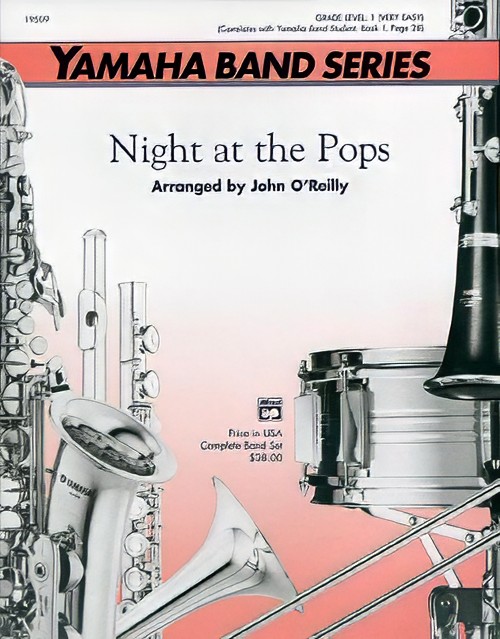 £37.95
£37.95Night at the Pops (Concert Band - Score and Parts) - O'Reilly, John
This delightful medley brings together three classic favorites in a creative and easily accessible way. Beginning with Mussorgsky's Hopak, it segues into Dvorak's ever-popular Going Home from the New World Symphony. The familiar trumpet fanfare ushers in the famous Allegro from Rossini's William Tell Overture. Duration: 3.30
Estimated dispatch 7-14 working days
-
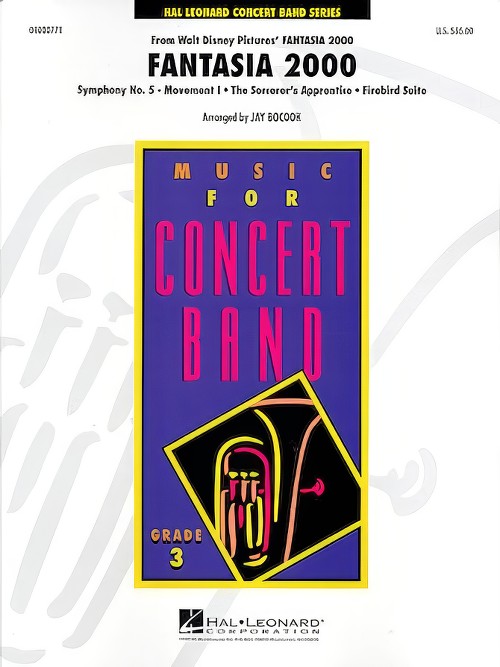 £64.99
£64.99Fantasia 2000 (Concert Band - Score and Parts) - Bocook, Jay
Disney's eagerly awaited new movie is sure to be a huge hit with audiences everywhere. This medley features excerpts of Carnival Of The Animals, Beethoven's Symphony No. 5, The Sorcerer's Apprentice, and The Firebird Suite.
Estimated dispatch 7-14 working days
-
 £102.99
£102.99Back to the Future (Concert Band - Score and Parts) - Silvestri, Alan - Briat, Juri
Juri Briat has made a daring arrangement of this spectacular film score. Through his skilful instrumentation, the sound of this work closely resembles that of the original version for a symphony orchestra. In this arrangement Juri Briat has combined dazzling brass passages with virtuoso woodwinds and saxophones. A challenge for any band with ambition. Duration: 3.30
Estimated dispatch 7-14 working days
-
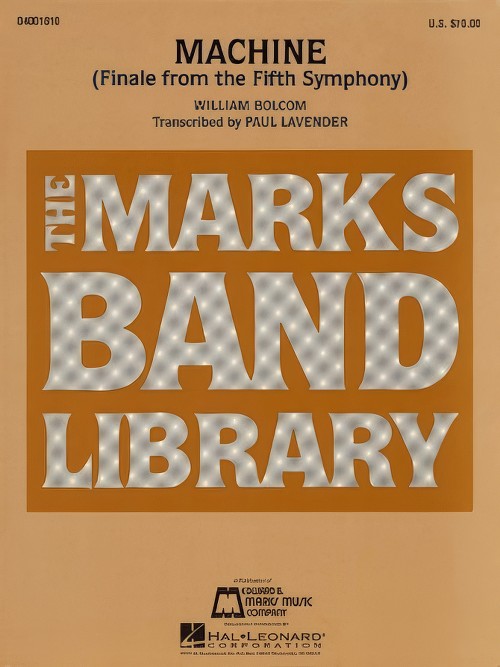 £72.99
£72.99Machine (Concert Band - Score and Parts) - Bolcom, William - Lavender, Paul
Finale from the Fifth Symphony
Estimated dispatch 7-14 working days
-
 £64.99
£64.99Mr. Holland's Opus (Concert Band - Score and Parts) - Bocook, Jay
The dramatic music from this exceptional movie depicting the life of a music teacher offers you a wonderful opportunity to draw attention to the value of music education in our schools. This medley includes: An American Symphony, Visions Of A Sunset, and Cole's Song.
Estimated dispatch 7-14 working days
-
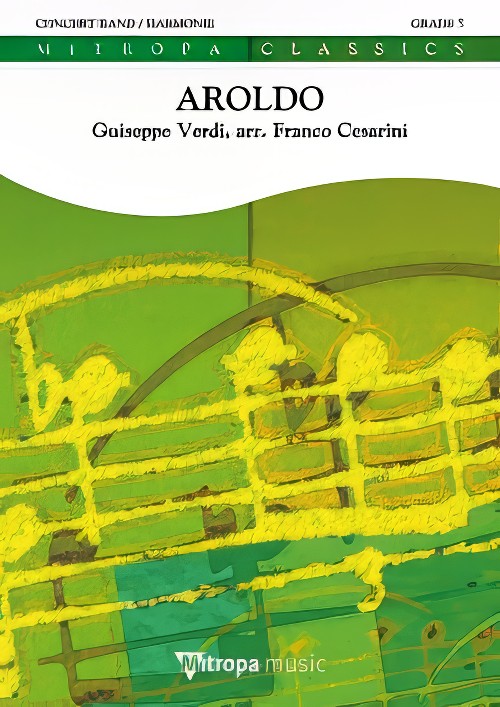 £139.99
£139.99Aroldo (Concert Band - Score and Parts) - Verdi, Giuseppe - Cesarini, Franco
Aroldo, number 22 of the 32 operas written by Verdi, is certainly not one of the best-known works from "the genius of Busseto." Written in 1857, it is in fact a remake of the 1848 opera Stiffelio, which told a story of adultery and which was censored for its "indecent" content. Verdi found the censorship of Stiffelio unacceptable, and with a performance in Verona approaching at the start of 1851, he wrote to his editor, Ricordi: "If my libretto is censored, it will not be possible to obtain the effect I desire, so I would rather wait until I can rewrite the last scene." But the modifications to Stiffelio did not stop there. The setting, the historical period and the finale were also completely changed. In the process of converting Stiffelio to Aroldo, Verdi no doubt succeeded in strengthening certain moments. However, the fame of the three operas he had written in the meantime - Rigoletto, Il Trovatore and La Traviata - did not allow Aroldo to receive the recognition it deserved. The opera's symphony is indeed a superb work and contains moments of outstanding lyricism. The trumpet solo in the introduction is the longest written by Verdi for this instrument.Duration: 8:45
Estimated dispatch 7-14 working days
-
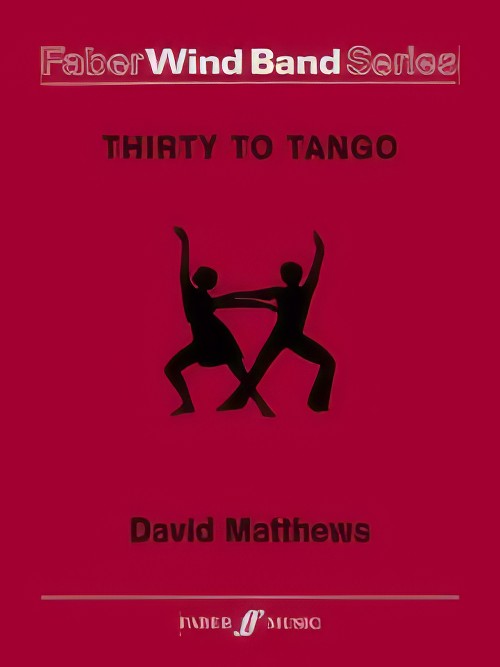 £45.00
£45.00Thirty to Tango (Concert Band - Score and Parts) - Matthews, David
This tango was originally composed in 1990 as the fourth movement of the composer's Fourth Symphony. It was intended there as a modern equivalent of the classical minuet. The tango is the most alluring of contemporary dances, and a number of arrangements of it exist, including ones for solo piano and for various chamber ensembles. This version for thirty (or more) players was arranged in 1999 by the composer especially for the Faber Wind Band Series.
Estimated dispatch 7-14 working days
-
 £289.99
£289.99Rhapsody in Blue (Piano Feature with Concert Band - Score and Parts) - Gershwin, George - Takahashi, Tohru
George Gershwin's music combines musical styles heard in the United States at the beginning of this century such as jazz and blues, with aspects of European classical music. Gershwin's breakthrough came in 1924 with Rhapsody in Blue. Following several versions of this piece Gershwin made what is probably the best known arrangement - for piano and symphony orchestra. Takahashi has created a further new and exciting version for wind orchestra.Duration: 17:30
Estimated dispatch 7-14 working days
-
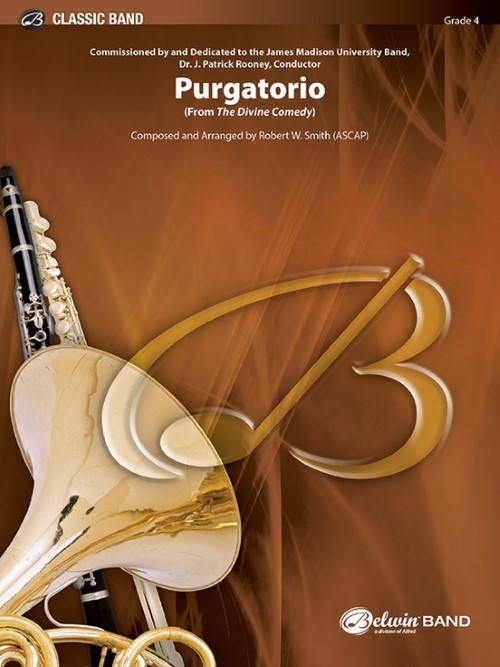 £84.50
£84.50Purgatorio (from The Divine Comedy) (Concert Band - Score and Parts) - Smith, Robert W.
This appearance of Purgatorio marks the second movement of Robert W. Smith's first symphony for band, The Divine Comedy. Following the hugely successful introduction of the other three movements, Purgatorio leads us through a contemplation of Purgatory. Seldom has the launching of a work for concert band more quickly captured the attention of the band director community. Multiple all-state, honor band, conference and convention performances have already taken place and are firmly scheduled into the future. This is a truly monumental work that lifts the wind band genre to new levels. Duration: 7.00
Estimated dispatch 7-14 working days
-
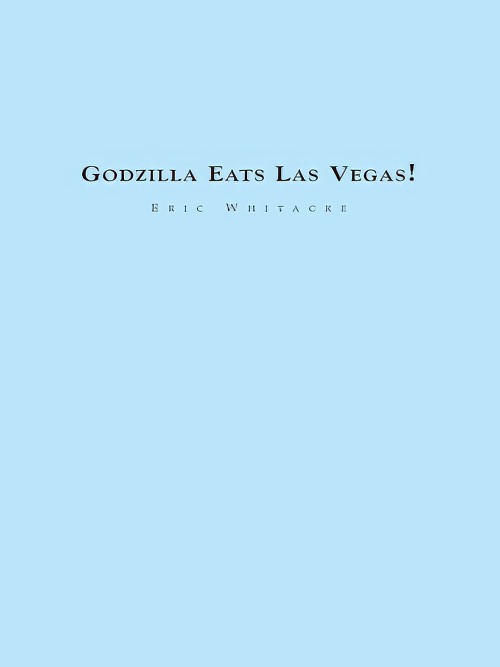 £189.99
£189.99Godzilla Eats Las Vegas (Concert Band - Score and Parts) - Whitacre, Eric
Note from Composer:It took me seven years to get my bachelor's degree from the University of Nevada, Las Vegas. By the time I graduated I was ready to eat Las Vegas.Tom Leslie asked me to write another piece for the group as I was leaving, and I thought it would be a blast to do something completely ridiculous. The players are called upon to scream in terror, dress like Elvises (Elvi), and play in about thirty different styles from mambo to cheesy lounge music. The audience follows a script that I wrote simulating a campy, over the top Godzilla movie (is there any other kind?).I wrote the bulk of the piece while in my first year at Juilliard, and no kidding, I used to act out the script every morning devouring animal crackers, wreaking havoc all over the breakfast table. The script was originally twice as long, and had an entire subplot devoted to a young scientist and his love interest. As I started to finish the piece, however, it didn't seem that funny and that story (along with an extended Elvis tribute) ended up on the cutting room floor.The idea that this piece is being played all over the world in such serious concert venues is the single funniest thing I have ever heard. It has been played on the steps of the Capitol by the United States Marine Band, by the Scottish National Wind Symphony (they play in kilts, so help me God), and I have a video of a Japanese audience visibly confused and shaken by the whole experience. Can you imagine? I'm laughing my head off even as I write this!Godzilla Eats Las Vegas! was commissioned by the University of Nevada Las Vegas, Thomas G. Leslie, conductor, and received its premiere November 28th, 1996.The performers are encouraged to go crazy: wear showgirl costumes, Elvis costumes, act out scenes on stage, use video and lighting - anything to get a laugh.
Estimated dispatch 7-14 working days
